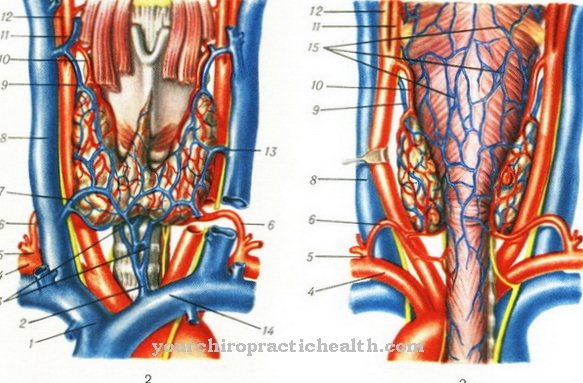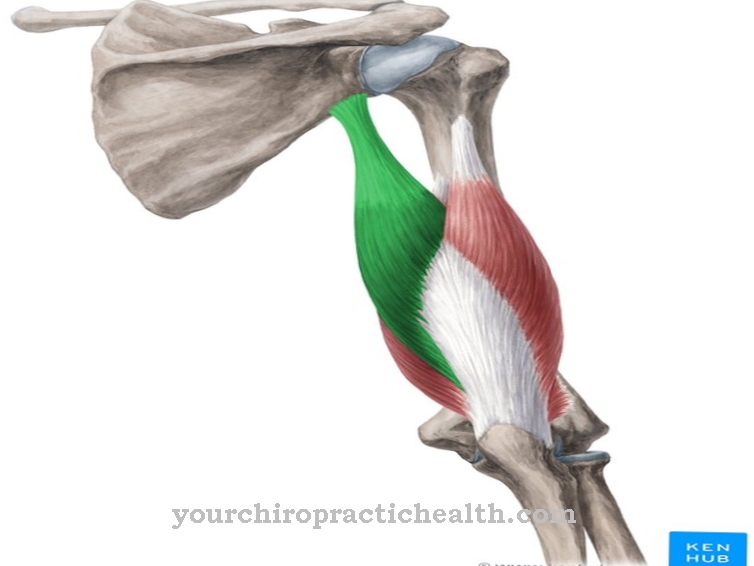Like a dark shadow, the thought of the possibility of seasickness clouds the joy of cruises or a boat trip for many people, and the fear of the fear of flying or flying sickness makes some people forego flying and prefer to travel by train or car, although here too Similar disorders of well-being are possible, only that they are generally less feared than just seasickness and fear of flying (or air sickness). Nowadays more and more people come to their doctor with the question of the nature and prevention of such disorders.
General causes of motion sickness
All disturbances of wellbeing occurring during the trip - regardless of whether they are seasickness, air sickness, train sickness or car sickness - are due to a special form of movement impulses that are imposed on the organism by the vehicle. The means of transport for its part absorbs these movements from the roadway, from the rails, from the water or from the atmosphere.
This shows that the fight against so-called travel sickness also has a technical side, and it cannot be ruled out that the technical improvement of the means of transport could also have a beneficial effect here. Since these motion sicknesses are caused by movement stimuli, they have been given the name "Kinetosen" - derived from the Greek word "kinein" = to move.
Organic causes
These movement stimuli emanating from the vehicle are varied in their physical properties and lead to a more or less strong stimulation of the organ of equilibrium, also called the vestibular apparatus. This is located in the area of the inner ear and consists of the sac (sacculus) and the semicircular canals. The first contains the well-known stones (otoliths) that stimulate certain sensory organs by means of pressure or tension and thereby indicate changes in position.
They convey the perception of the position of the head in space and straight movements, for example upward and downward movements. The function of the semicircular canals causes the perception of rotary movements. They are perpendicular, semicircular channels that are filled with a fluid, the endolymph. In the case of rapid movements, this liquid initially remains behind the wall because of its inertia; So there is a displacement of the fluid and thereby different irritation of the nerve endings present there.
This excitation of the nerve parts of the equilibrium organ is then finally passed on to the brain via the eighth cranial nerve (nervus statoacusticus). The changes in space, which take place in rapid succession in stormy seas, swaying aircraft and vibrating tracks, and which we cannot compensate for, force the nerve endings of the organ of equilibrium to absorb stimuli and convey them to the brain that go far beyond the normal range.
This in turn causes an inhibition of the highest parts of the brain, which in this way protect themselves against overload, so to speak. The excitation impulses that are sent to the organ of equilibrium but not absorbed are diverted to regions of the diencephalon. A focus of excitation arises here, which becomes the vomiting center when it induces nausea and vomiting, i.e. when it discharges its electrical charge to the nerves and organs connected during vomiting.
Symptoms & Signs
The first sign of the onset of motion sickness is often an outbreak of cold sweats or sweats. Soon afterwards, other complaints set in: fatigue, loss of appetite, dizziness, gastrointestinal complaints, diarrhea, increased salivation, headaches and nausea.
Ultimately, nausea and vomiting occur. The "annihilation feeling" that often more or less clearly sets in with the fully developed seasickness, which is an expression of the overload inhibition of numerous cranial nerve cells, will remain in unpleasant memories for many sea travelers for a long time.
Disorders of the cardiovascular system are also known. They can be detected with suitable measuring devices such as blood pressure or EKG machines. Breathing behaves differently; Occasionally, breathing deepens and accelerates (hyperventilation). Certain changes in the blood have also been described.
All these changes characterize the influence of large areas of the central nervous system by the nerve impulses radiating from the organ of equilibrium.
The order in which these symptoms appear, as well as their relative frequency and severity, vary from person to person. The most important objective sign of seasickness remains - apart from the pale skin - vomiting.
In the fully developed state, locomotor insufficiency occurs, which makes it practically impossible for the person affected to walk upright.
Course & causes

How quickly air sickness or seasickness can develop, for example, depends on various circumstances. The type and duration of the aircraft or ship movement play a major role. According to some investigations, the critical limit for an airplane is said to be around 2½ hours in flight, while seasickness can be caused earlier under certain conditions.
Of course, physical and mental factors are just as important. Just the fear of getting seasick can favor the occurrence. The sight of seasick fellow travelers or the smell of vomit can trigger seasickness in people who have been spared until then. In no case should the motion sickness be seen as an expression of an abnormal mental disorder.
Seasickness
Seasickness is the best known and most common picture of motion sickness. It's been known for as long as people have ventured out to sea on a ship. Quite precise descriptions are already available from classical antiquity. Their frequency is sometimes given very differently. Some doctors estimate that 95 percent of all people can get seasick, while others only speak of about 40 percent. On large cruises, the frequency is in the range of a few percent; on smaller, less favorably constructed ships, on the other hand, it increases to almost 100 percent.
Every seafarer knows that you can largely get used to the movements of the ship without getting seasickness. This habit is lost again after a longer stay in the country. Experience has also shown that mental occupation and attempts at distraction can hardly prevent seasickness from occurring.
Air sickness or air sickness
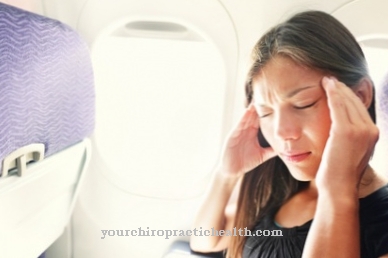
Air sickness (not fear of flying) shows a similarly large range of fluctuations in frequency as seasickness, whereby the influences of atmospheric turbulence, the type of aircraft and, above all, the duration of the flight play an unmistakable role. Modern aircraft with pressure equalization cabins generally fly at higher altitudes, at which the atmospheric turbulence decreases noticeably, so that the probability of illness is lower here than when flying at lower altitudes.
The training effect can also be seen in air sickness.Investigations carried out in a flying school showed that more than 10 percent of all student pilots became airsick on the first flight, but only about 1 to 2 percent after the tenth flight. A longer flight duration favors the onset of air sickness. Here, however, intellectual preoccupation and distraction can delay or even avoid the onset of air sickness, which is why almost all airlines today offer their passengers films and music for entertainment and distraction.
Motion sickness when traveling by bus, train & in the car
Other forms of motion sickness, such as those noticed in the car, bus, train, but also in amusement devices such as swings, pneumatic wheels, etc., have been described many times.
In the case of trains and buses, some researchers expect a disease rate of around 4 percent. When it comes to cars, travel sickness complaints are often confused with so-called car sickness, which is caused by inhalation of combustion substances from the engine and is undoubtedly more dangerous.
The question of how best to protect yourself from motion sickness is difficult to answer. In spite of lengthy experiments, it has not yet been possible to find a drug that is sure to help in all cases. In not a few cases, a beneficial effect of meclozin and vitamin B6 preparations has been described, so that an attempt with such drugs is definitely justified. However, some of these agents can also cause unpleasant side effects, so that in the event of a trip, the family doctor should be consulted first.
Prevent & treat seasickness & motion sickness
The consumption of coffee, alcohol or cigarettes before and during a trip is rated differently. You will hardly have any fundamental success with it. We know from studies that seasickness either does not occur in the supine position or can be quickly reduced. Military research has confirmed that seasickness rarely occurred while lying on your back.
But if you let your head hang on your back, almost 70 percent of the marines became seasick. Sea sickness occurred in 60 percent of seated people. As soon as they bend their head backwards, the seasickness stopped.
From this it can be concluded that the head position, but not the body position, is important for the development of motion sickness.
As a result of these occurrences, lying on your back may reduce or partially prevent seasickness. So it depends on the head and not on the posture. The same applies to air sickness, so it is advisable to convert the seats to couches on long flights.
Self-Treatment & Techniques
In addition to all of these measures, it is largely up to the individual - especially on flights - whether they survive them well. Following a regularity of nerve activity that every excitation of a brain area is inhibited by the stronger excitation of a neighboring brain segment, one must try to build up such a strong excitation field oneself - i.e. actively.
Breathing is suitable for this, especially since it uses almost the same organs and nerves as vomiting. By breathing consciously and quickly - if possible with the help of the diaphragm and abdominal muscles - the arousal of the vomiting center cannot be achieved and aviation sickness is prevented. This method fails in seasickness because the journey usually takes so long that conscious breathing cannot be maintained.
How important this nerve-related prevention of motion sickness is is shown by the fact that when driving the car, the driver himself practically never falls ill, the passenger next to him seldom, but the rear passengers most often.

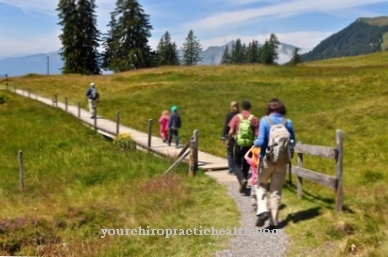



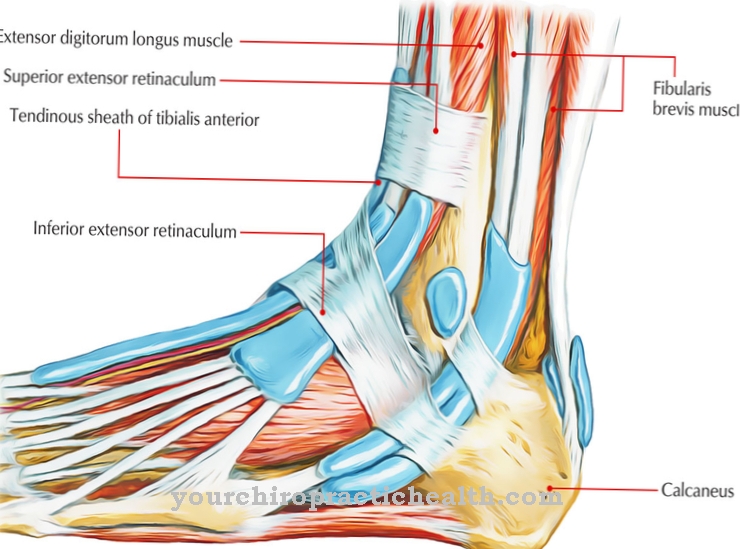
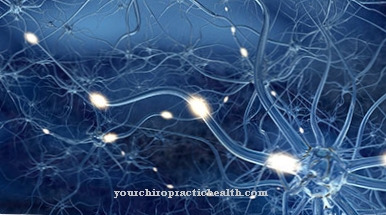


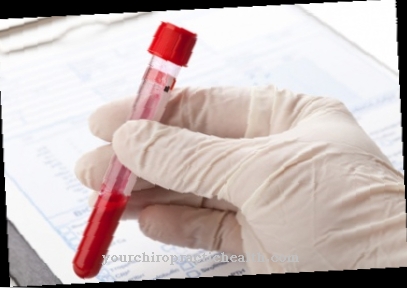
.jpg)
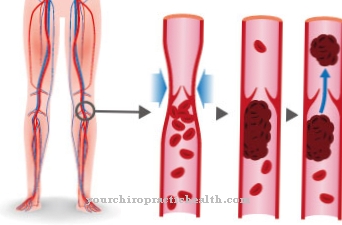
.jpg)






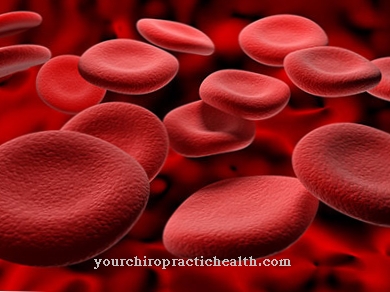
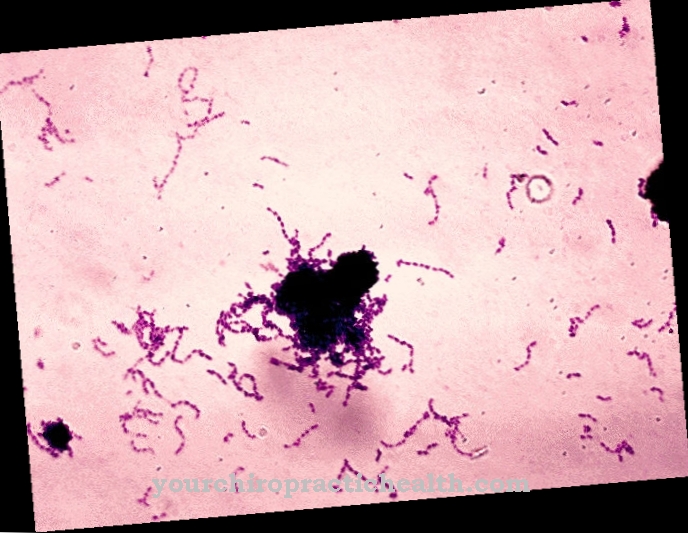
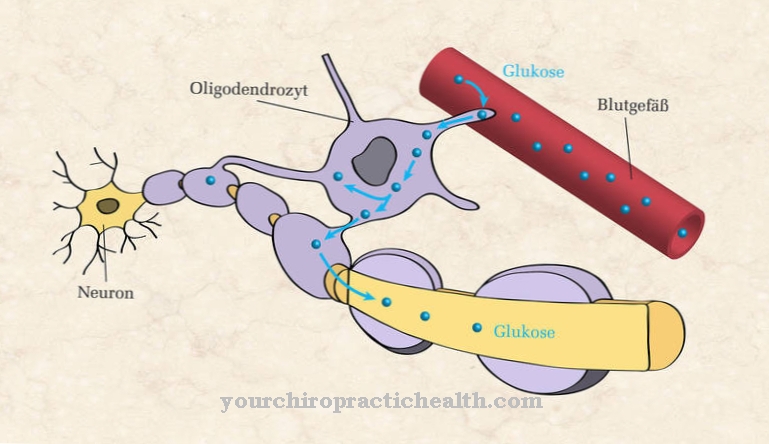
.jpg)

